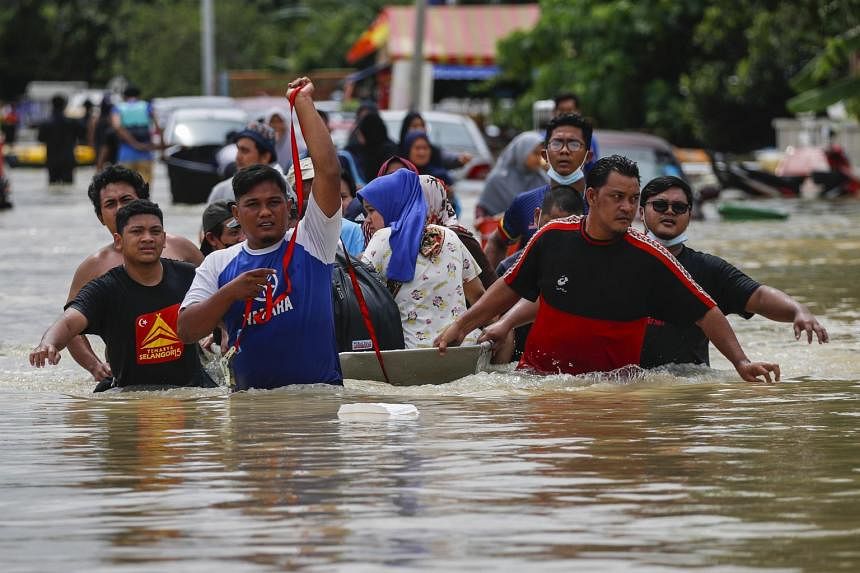As countries around the world are learning to co-exist with Covid-19, the implications of the pandemic for policy management of varied issues facing them should not be overlooked. Disaster governance is one of the sectors that have been significantly affected by pandemic-related restrictions and resource constraints. Climate change further increases the complexity and challenges in disaster governance.
With concurring natural hazards further stretching national and regional capacities and resources in the region over the past two years, Asean has deliberated and assessed necessary changes and reforms to prepare itself better for natural hazards in the future. Exemplified by the release of the Asean Disaster Resilience Outlook in October last year, the grouping is shifting towards disaster resilience, emphasising its ability to not only deal with disasters but also recover from them.
Already a subscriber? Log in
Read the full story and more at $9.90/month
Get exclusive reports and insights with more than 500 subscriber-only articles every month
ST One Digital
$9.90/month
No contract
ST app access on 1 mobile device
Unlock these benefits
All subscriber-only content on ST app and straitstimes.com
Easy access any time via ST app on 1 mobile device
E-paper with 2-week archive so you won't miss out on content that matters to you

